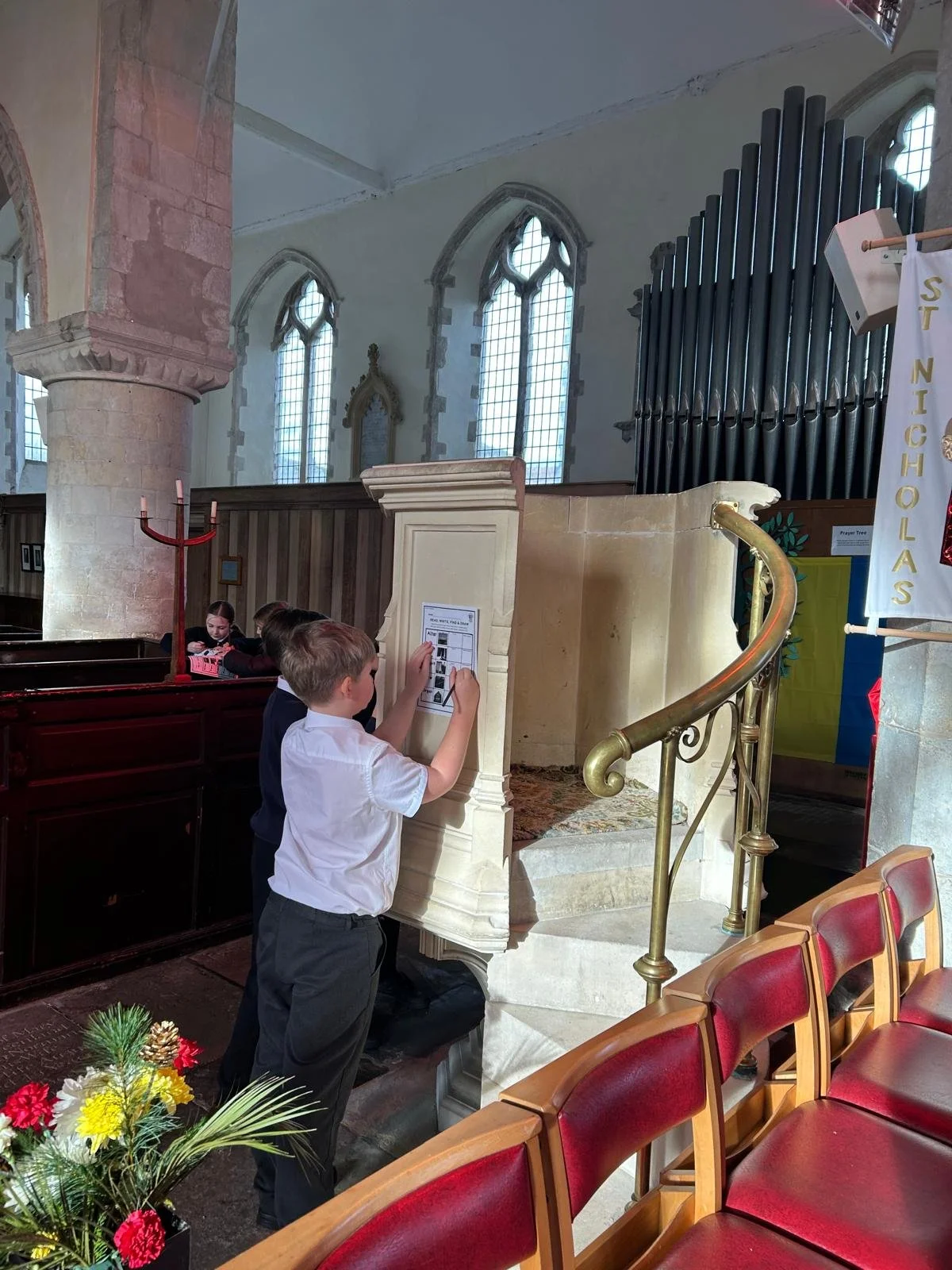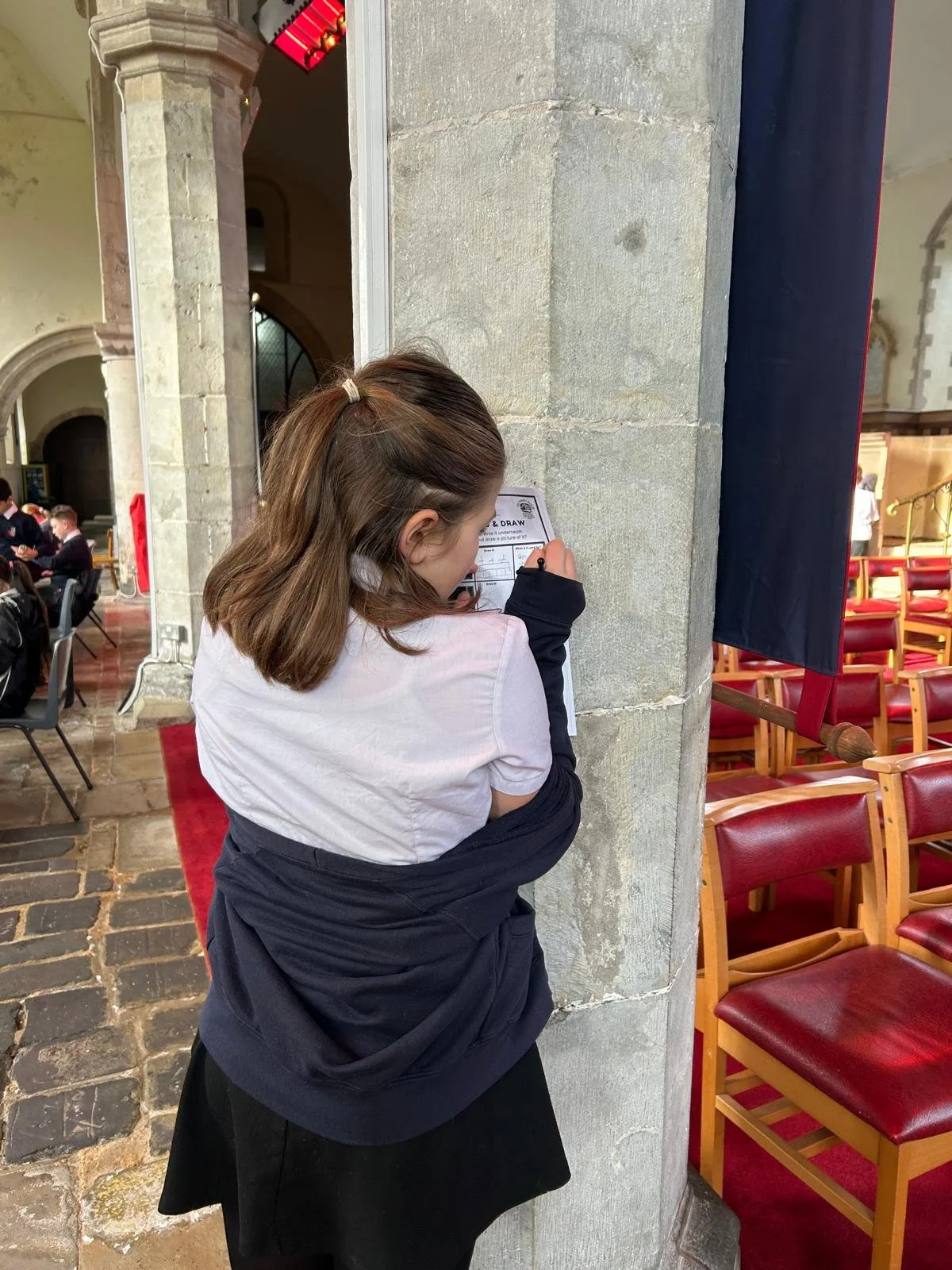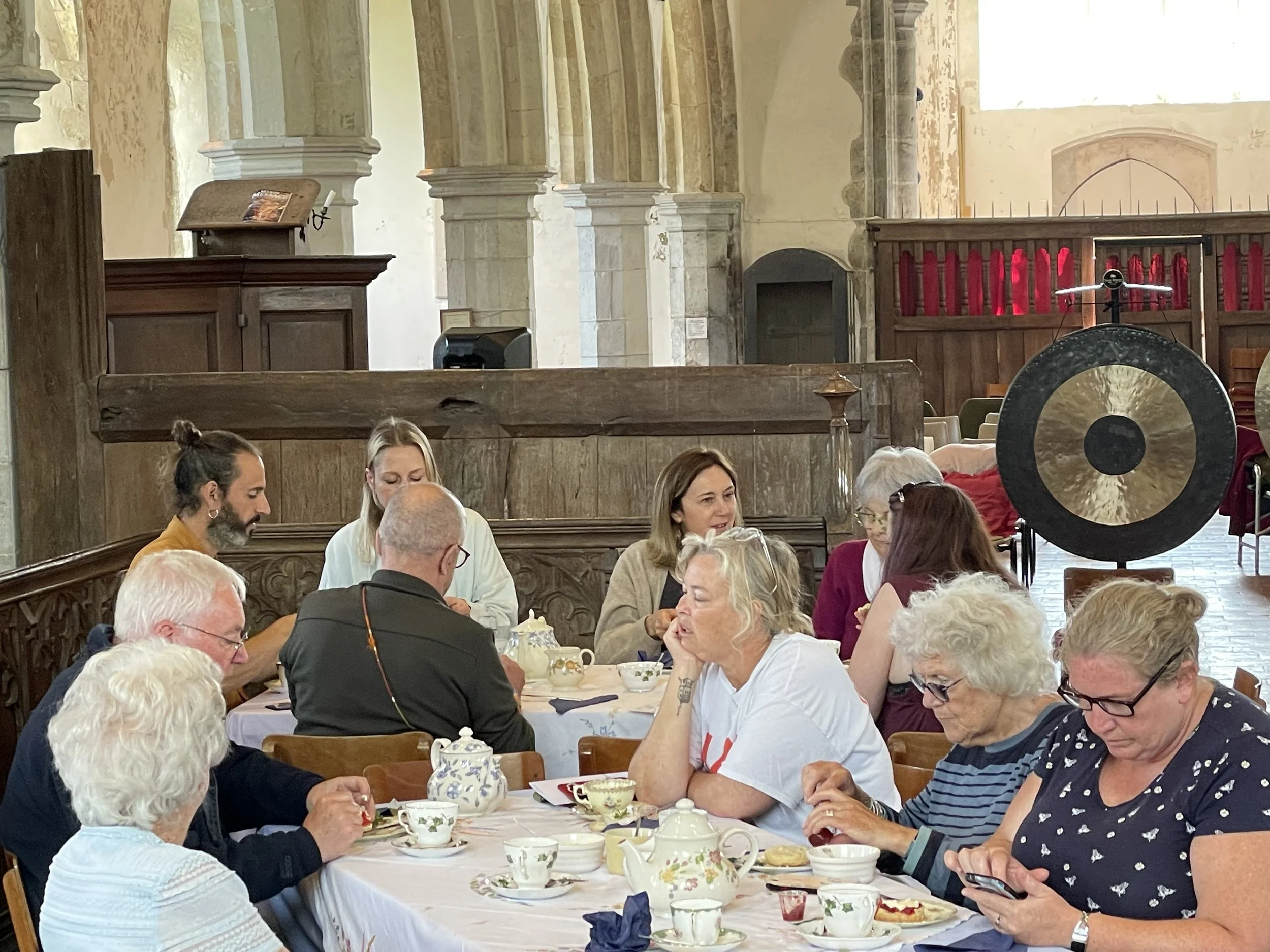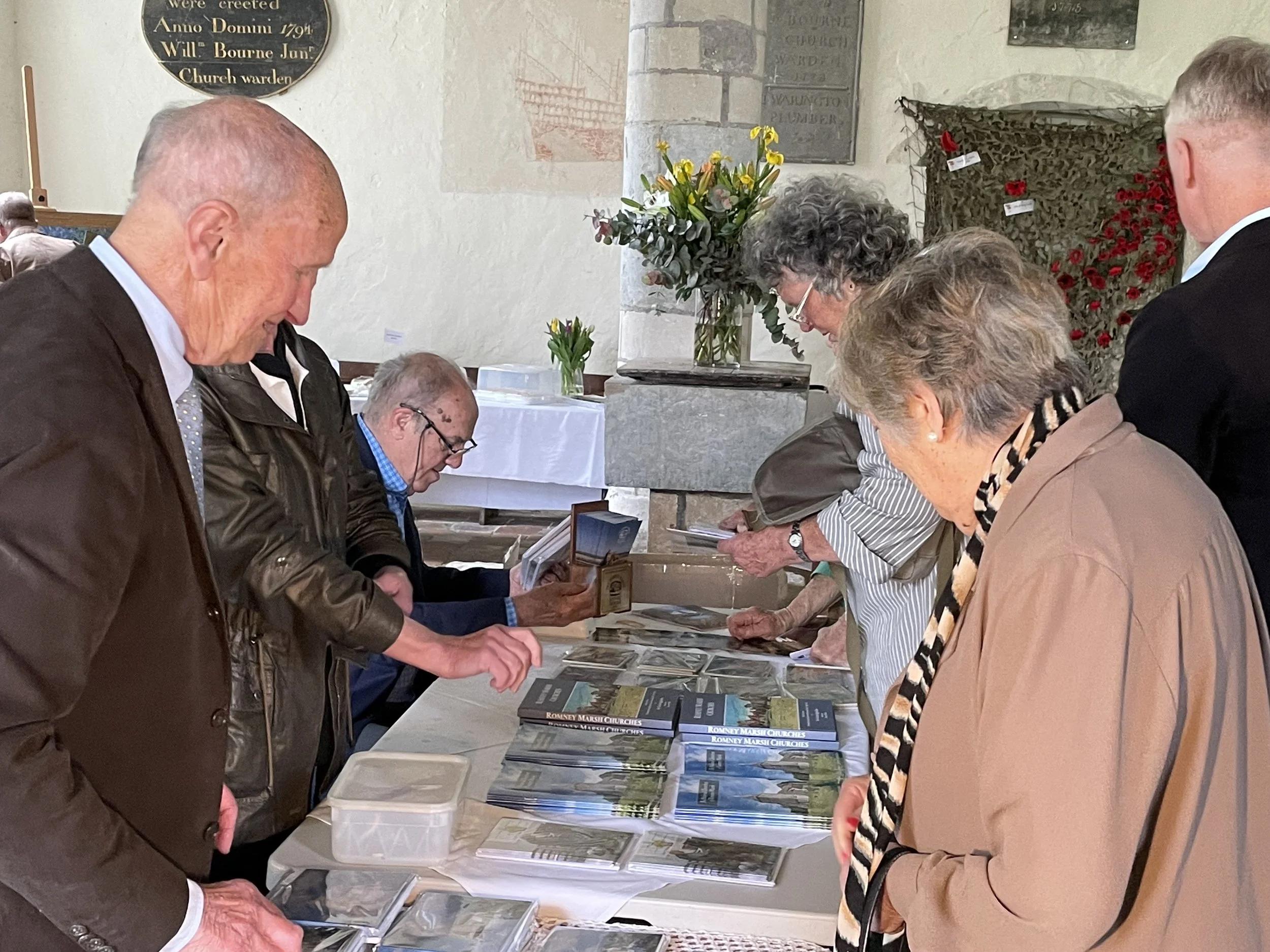New survey shows why local Trusts matter more than ever
A new survey by the National Churches Trust (NCT), reported in The Church Times and other media recently, has sounded a stark warning for the future of Britain’s places of worship. Around five per cent of the churches that responded said they were “definitely” or “probably” facing closure within the next five years - a figure that could translate into hundreds of lost buildings across the country.
Some of Britain’s most ancient and beautiful churches are at risk. Repair bills are rising, many congregations are shrinking, and small rural parishes are struggling to maintain large historic buildings that have stood for centuries. In our corner of Kent, we are trying to fight back against that trend with the support of our members, volunteers and donors.
Heritage on unstable ground
The NCT survey highlights the growing crisis facing church buildings nationwide - a vast backlog of repairs, mounting insurance costs, and an erosion of volunteer capacity. Across the country, church roofs leak, walls are cracked and essential conservation work is often postponed year after year. Isolated rural churches, with their small congregations and limited fundraising ability, are particularly vulnerable.
Nowhere is that challenge felt more acutely than on Romney Marsh. Built on soft, shifting soils and exposed to salt air, these churches demand constant attention. A single storm can dislodge large numbers of roof tiles, while changes in groundwater can destabilise foundations laid nearly a millennium ago. If the climate becomes more unstable and sea levels rise, such issues will get even worse.
Many of the churches serve congregations numbering only a handful of regular worshippers. It is precisely this unfortunate reality that makes the Romney Marsh Historic Churches Trust (RMHCT) indispensable.
The Trust helps keep the Marsh Churches standing
Founded to safeguard the area’s unique ecclesiastical heritage, the RMHCT has worked quietly but effectively for over 40 years to keep these buildings standing. It provides grants, advice and hands-on support, while also helping to raise awareness and funds. In many cases, the Trust’s intervention is the difference between a watertight roof and a crumbling building.
In addition to routine maintenance, recent projects supported by the Trust include structural repairs and restoration work to St George’s in Ivychurch and significant work to the roof and spire at St. Mary-in-the-Marsh. The sums involved are often modest compared with the cost of total restoration, but they prevent small problems from becoming catastrophic ones – especially with the harsh and unpredictable weather on the marsh, which extends into the English Channel.
Beyond the physical repairs, the Trust plays a crucial role in keeping the Marsh’s churches visible and valued. It organises open days, workshops and guided visits that attract visitors from across the country. These events not only raise funds but remind people that these churches are living spaces. In 2025, the Trust has funded workshops for local primary schools in the churches, involving nearly 700 children.
In a time when national funding for heritage is stretched thin, the RMHCT acts as both guardian and advocate, ensuring that the voices of small rural churches are heard.
More Than Buildings
The NCT’s survey also underlines something easy to forget: when a church closes, not just a building is lost. Churches across Britain double as community centres, food bank hubs, concert venues and spaces of sanctuary. On the sparsely populated Romney Marsh, where amenities are few, the village church is sometimes the only public space left open to everyone.
When a church building deteriorates, an entire community loses a meeting place and an enduring symbol of continuity. The RMHCT’s work, therefore, is not simply about architecture; it is about maintaining a social heartbeat in a region that can sometimes feel isolated and forgotten.
A Call to Action
The NCT’s finding that five per cent of churches could close by 2030 is a national wake-up call. But for Romney Marsh, the threat is already here. Its medieval churches face daily battles with not only the weather but volunteer capacity - battles that cannot be won without local support.
The commitment of church volunteers, our own volunteer Trustees and our members, shows what care for these unique historic buildings can achieve. A combination of small membership fees and donations, volunteer energy and local knowledge, are helping to ensure that these remarkable buildings remain places of worship, welcome and wonder.
If the marsh churches are to survive for another thousand years, it will be through the passion of our community – those quietly doing the hard, unglamorous work of care.
Once an ancient church is gone, that heritage is gone for good. And on Romney Marsh, that loss would be immeasurable.
Ways that you can help
1. Join the Romney Marsh Historic Churches Trust today, to help care for the 14 medieval churches on Romney Marsh. Membership costs only £15 per year, with further discounts for couples, students and over-60s.
2. Make a donation through our Just Giving page or discuss a legacy gift with us.
3. Purchase Christmas Cards, books and postcards to help generate funds and raise awareness.
4. Get involved with the Trust as a volunteer and/or get involved with your local church community. Not all church volunteers are of faith, and there are many different ways to be involved - see the church pages on our website for contact information.
5. Use a church for an event. In particular, the churches at New Romney, Lydd, Ivychurch, Newchurch and Brookland have excellent community facilities. Contact information can be found on individual church pages.
6. Become an enthusiast! Visit and learn about the churches - there is so much to know! The history of these unique buildings is connected to the story of England itself and the story of the local landscape. We offer many free resources to get started with.
Together let's make sure the churches of Romney Marsh are around for many generations to come.
